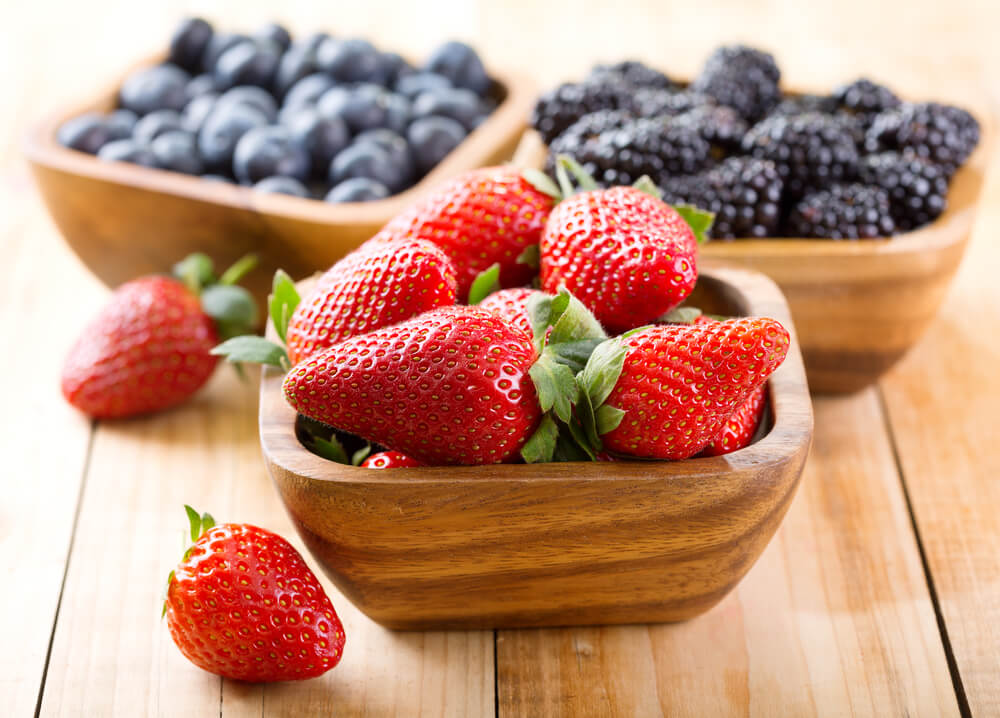As the strawberry harvest season approaches, I think back to a challenge that we were facing on our processed berries, last season.
We pack mostly conventional fruit into puree and sliced berries. There is currently only a small market for organic puree.
Back in 2016, we packed several hundred thousand pounds of organic puree and we had an ongoing issue with it testing high in generic bacteria. All the organics were coming from G&D, our company farm. We speculated that it was just inherent to organics, because we aren’t using any conventional fungicides that would help control it. The problem was that the high bacteria counts threw it out of spec for most customers. The issue persisted and we began getting some samples on conventional fruit that had the same high counts. This shot a hole in our theory, because we were using conventional fungicides on those fields.
This past 2017 season, Mike Ortiz, VP of Processing, advised me to not pack any organics because it would be hard to sell with high bacteria counts. I was also very leery about trying to do organic puree, but tried it anyway. The first couple of picks, again had tests come back with bacteria numbers off of the charts. The field looked clean and we were perplexed. This prompted me to call Chris Parks, G&D’s farm manager, to ask him what we could do to get this under control. Chris offered a solution. We could come in just before picking and spray an organic peroxide product. He said that should knock down the bacteria to very low levels. I said, “Great!”
Chris then informed me that there was a problem in spraying the bacteria-killing peroxide. He told me that it would cause him to have to spend additional money to reapply Bacillus to the field. He said that the peroxide would kill the Bacillus too.
Then it hit me. OMG, we were applying the organic beneficial bacteria Bacillus. That is was what was being picked up in our lab tests. The high bacteria counts were caused by us spraying bacteria on the field. We were shooting ourselves in the foot.
Chris also informed me that he was using it on some conventional fields too. That also explained why we were seeing the problem in some conventional samples.
Well, at least it only took us 2 years to figure that out.
Then to add insult to injury, I found out that a recent University of Florida study showed that Bacillus could not be proven to be effective in controlling Botrytis and other bad funguses, that we were using it for. We must now go back to the drawing board.
We are headed for great things, as long as there is not fungus among us.















